Parc De La Villette: A Masterpiece Of Deconstructivism Design By Bernard Tschumi
- 23 Nov 2023
- By Deshal
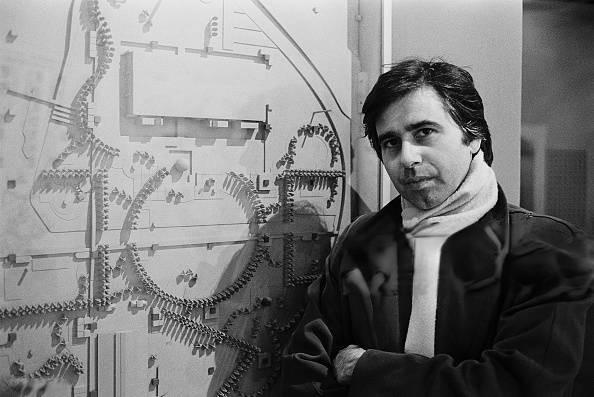
Bernard Tschumi, a Swiss-born architect, has made a profound impact on the architectural world with his avant-garde designs and influential theories. Over the course of his distinguished career, Tschumi has pushed the boundaries of traditional architecture, blending art and design in ways that challenge conventional norms. His work is characterized by its innovation and ability to reshape our understanding of built environments, making him a notable figure in contemporary architecture.
Bernard Tschumi has designed numerous notable works over his career, but three of his most renowned projects are:
1. Parc de la Villette, Paris, France
This urban park is a groundbreaking project known for its deconstructivism design and innovative use of space. It features a series of red architectural follies that serve various functions within the park, challenging traditional park design principles.
2. Acropolis Museum, Athens, Greece
Tschumi's design for the Acropolis Museum combines modern architectural elements with a deep respect for ancient Greek history. The museum houses a remarkable collection of artifacts and offers breathtaking views of the Acropolis.
3. Le Fresnoy - Studio National des Arts Contemporains, Tourcoing, France
This cultural and artistic centre showcases Tschumi's architectural prowess. It combines old and new structures, demonstrating his ability to create dynamic spaces that foster creativity and interaction.
These projects reflect Tschumi's innovative and boundary-pushing approach to architecture and have left a significant mark on the architectural landscape.
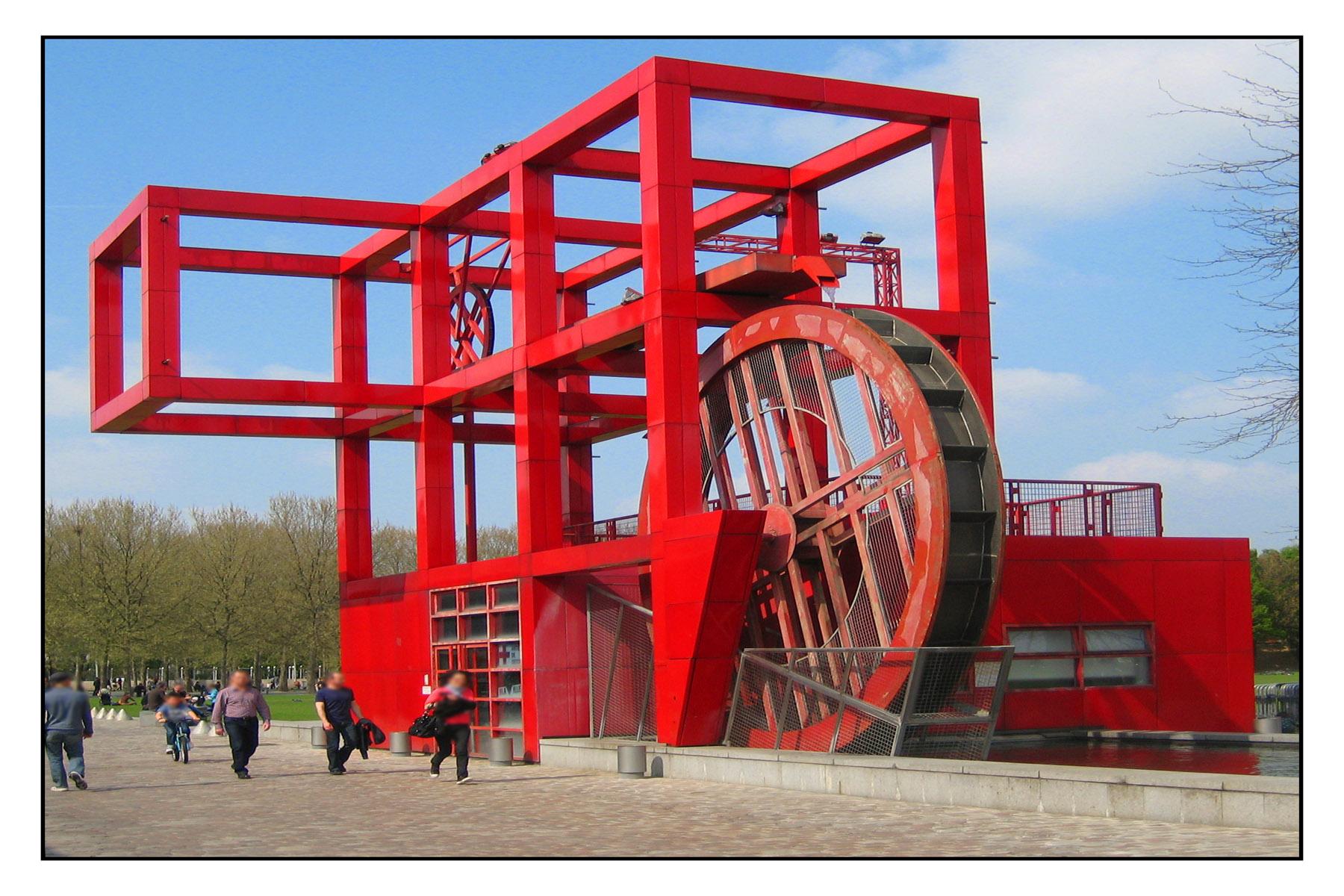
Parc De La Villette: A Masterpiece Of Deconstructivism Design By Bernard Tschumi
Nestled in the heart of Paris, France, the Parc de la Villette is an architectural gem that stands as a testament to the innovative genius of Bernard Tschumi. With its revolutionary deconstructivism design and innovative use of space, the park has not only redefined the concept of urban recreational spaces but has also become an iconic landmark in the world of architecture and design.
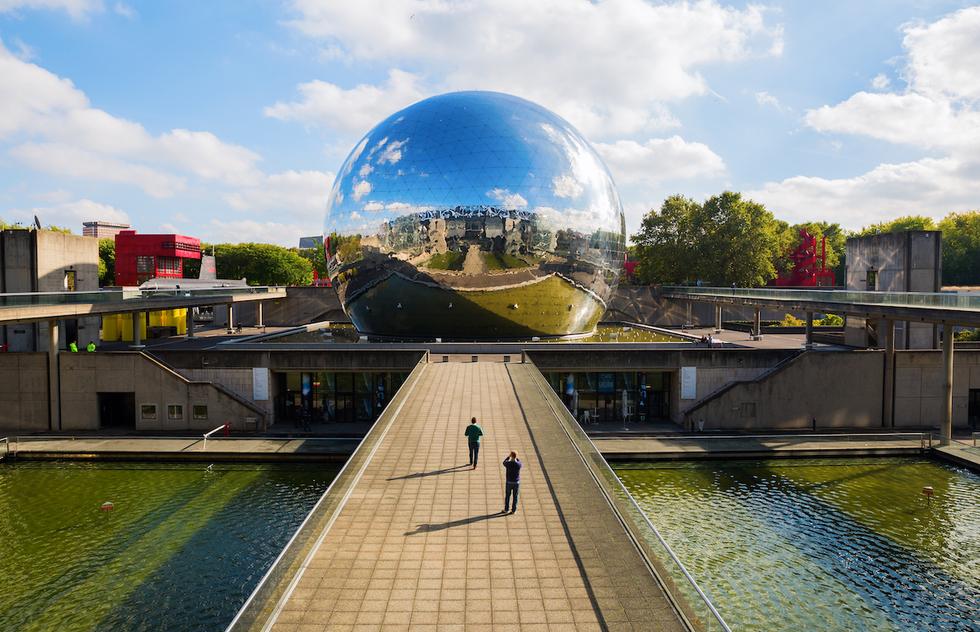
1. Architectural Innovation in the Heart of Paris
The Parc de la Villette, designed by Swiss-born architect Bernard Tschumi, represents a radical departure from conventional park design. It challenges the established norms of what a park should be, offering a fresh and groundbreaking perspective on urban architecture and recreational spaces. Situated in the 19th arrondissement of Paris, this architectural marvel spans a vast 55 hectares, making it one of the largest green spaces in the city. It is a testament to how innovative architectural design can transform urban landscapes.
2. Deconstructivism Design: A Bold Vision
At the heart of the Parc de la Villette's uniqueness lies its deconstructivism design. This design philosophy, popularized in the 1980s, is characterized by the fragmentation and reassembly of architectural elements, resulting in a sense of chaos and unpredictability. Tschumi's bold vision for the park embraces this philosophy, creating an environment that challenges preconceived notions of order and harmony.
One of the most striking features of the park is the "red architectural follies." These striking, angular structures, painted in vibrant red, are scattered throughout the park, serving various functions. Each folly stands as a sculptural masterpiece, defying the conventional aesthetics of traditional park design. The use of red color not only symbolizes Tschumi's bold departure from the ordinary but also adds a sense of vibrancy and playfulness to the landscape.
The follies house a range of functions, from information centres and theatres to playgrounds and gardens. Tschumi's design philosophy focuses on creating spaces that encourage interaction and engagement. These red structures serve as focal points, drawing visitors into the park's dynamic and unpredictable spaces. They embody the idea that a park can be more than just a passive green space but a dynamic environment that fosters creativity and exploration.
3. Innovative Use of Space: Redefining the Park Experience
The Parc de la Villette offers an entirely new way of experiencing urban green spaces. Tschumi's innovative use of space transforms the park into a multi-dimensional experience, where visitors are encouraged to explore, discover, and engage.
One of the key features is the organization of space. Unlike traditional parks with symmetrical layouts and clear pathways, Parc de la Villette is a labyrinth of open spaces, creating a sense of adventure and mystery. Visitors can wander through the park, stumbling upon unexpected encounters and experiences.
The park also hosts a diverse range of cultural and recreational facilities. The Cité des Sciences et de l'Industrie, a renowned science museum, is one of the park's highlights. It blends seamlessly with Tschumi's architectural vision, offering visitors an opportunity to engage with science and technology in a dynamic and unconventional environment.
Moreover, the park includes thematic gardens, such as the Dragon Garden and the Bamboo Garden, providing an immersive horticultural experience. These spaces offer a sense of tranquillity and serenity, allowing visitors to escape the hustle and bustle of the city without leaving its boundaries.
4. Impact and Legacy
The Parc de la Villette, with its deconstructivism design and innovative use of space, has had a lasting impact on the field of architecture and urban planning. It has influenced the design of public spaces worldwide, challenging architects and city planners to think beyond convention and embrace bold, avant-garde ideas.
Bernard Tschumi's vision for the park, as a place that blurs the lines between architecture and art, has been a source of inspiration for many. The Parc de la Villette is a testament to the idea that public spaces can be dynamic, engaging, and ever-evolving, serving as a catalyst for creativity and interaction.
In conclusion, the Parc de la Villette in Paris, designed by Bernard Tschumi, stands as a groundbreaking example of deconstructivism design and innovative use of space. With its vibrant red architectural follies and dynamic layout, it challenges traditional notions of park design and has left an indelible mark on the world of architecture. As a symbol of architectural innovation, the park continues to inspire architects and designers to think beyond conventions and redefine the boundaries of urban spaces, making it a must-visit destination for those interested in the intersection of architecture, design, and urban planning.
5. A Cultural Nexus in the Heart of Paris
The Parc de la Villette isn't just a triumph of architectural innovation; it also serves as a cultural nexus, offering a vibrant tapestry of events and activities throughout the year. Tschumi's design envisioned a space that could adapt and evolve, embracing a rich diversity of experiences.
The park hosts a multitude of cultural and recreational events, from open-air concerts and film screenings to art exhibitions and theatre performances. The vast expanse of open spaces and the adaptable architecture of the follies provide the perfect backdrop for such events. The Grand Halle, a former abattoir turned cultural centre, is a centrepiece of the park, housing events and exhibitions that reflect the dynamic cultural scene of Paris.
Incorporating technology into the park's design was another hallmark of Tschumi's vision. The Geode, an iconic spherical cinema, showcases immersive cinematic experiences, drawing audiences into otherworldly adventures. It exemplifies the synergy between architecture, technology, and culture, creating a modern gateway to the world of film.
The park's open spaces are also a canvas for temporary installations and art exhibitions, providing artists a unique platform to engage with the public. This ever-changing aspect of the park reinforces Tschumi's idea of a space in constant transformation, a place where culture and creativity can flourish.
6. Sustainability and Environmental Considerations
In today's world, sustainable design is paramount, and Parc de la Villette is no exception. The park's design takes into account ecological and environmental considerations. The emphasis on greenery, thematic gardens, and the preservation of existing trees and landscapes all contribute to the park's eco-friendliness.
Moreover, the innovative use of space minimizes the park's environmental footprint. By creating a dynamic and multi-functional environment, the park serves the diverse needs of its visitors, reducing the need for additional urban development.
The environmental consciousness extends to waste management and energy efficiency. The park implements recycling practices and energy-saving technologies, aligning with contemporary sustainability standards.
7. Educational and Inspirational
Parc de la Villette isn't just an architectural marvel; it's also an educational resource. Its design is an inspiration to architects, urban planners, and students of design and architecture around the world. The park's success underscores the idea that public spaces can be so much more than just green lawns and playgrounds; they can be platforms for creativity and cultural expression.
Aspiring architects and designers can learn from Tschumi's audacious approach to space and how to challenge the status quo. The deconstructivism design principles employed in the park provide valuable lessons in pushing the boundaries of conventional architecture, encouraging a new generation of designers to think outside the box.
8. The Parc de la Villette in Paris: A Timeless Icon
The Parc de la Villette in Paris, designed by Bernard Tschumi, is a timeless icon of deconstructivism design and innovative use of space. Beyond its architectural brilliance, it serves as a cultural hub, embracing a rich diversity of events and activities. This adaptive and dynamic public space continues to inspire architects, ignite creativity, and promote a sense of wonder. Moreover, its environmental considerations and educational significance further elevate its status as a marvel of urban design, ensuring its legacy as a symbol of innovation and cultural vibrancy for generations to come.
Recently Published
loves or pursues or

.jpg)

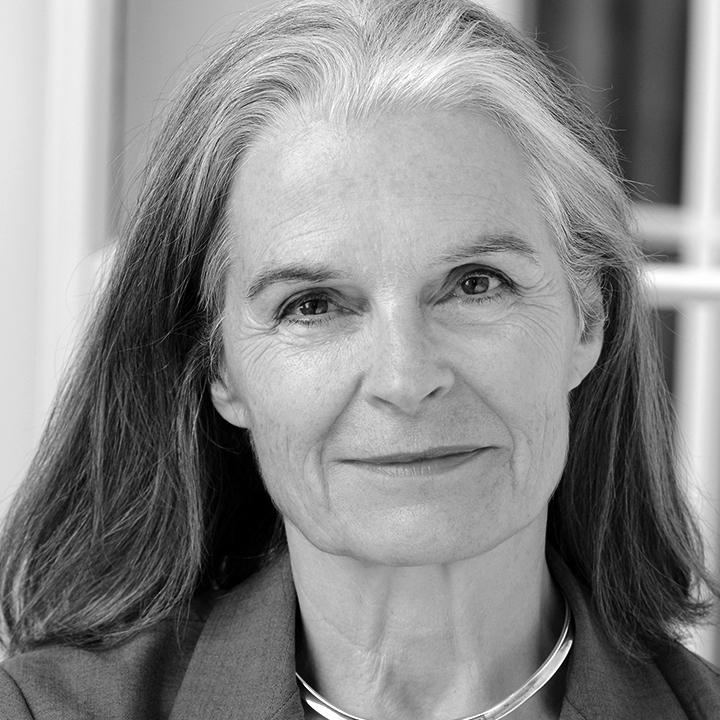
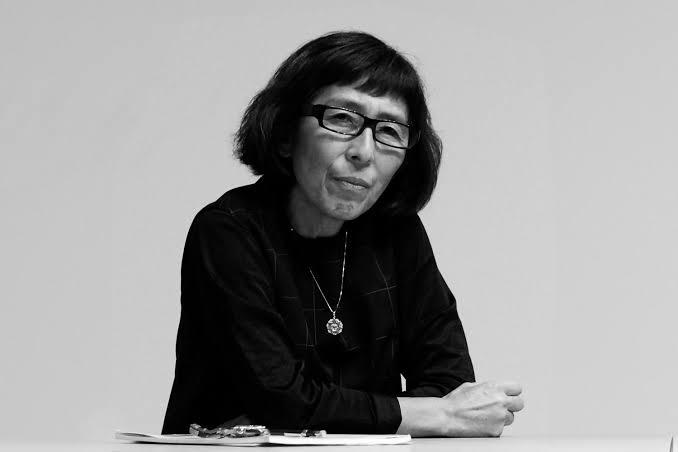
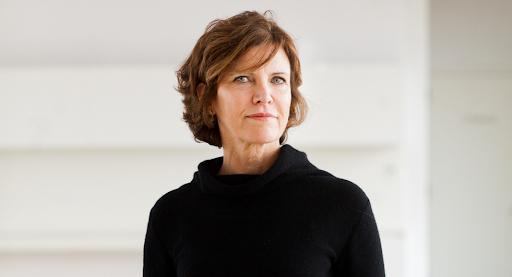
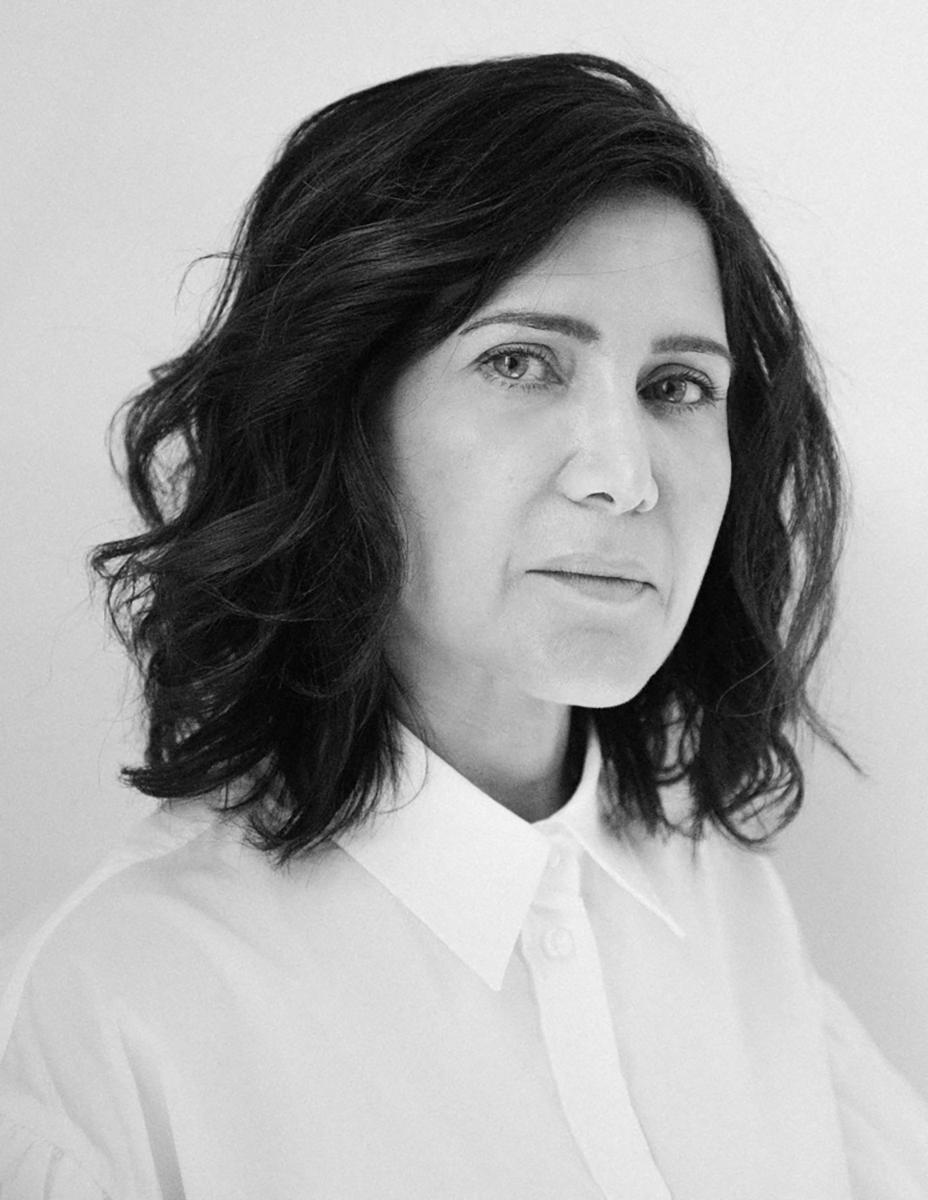
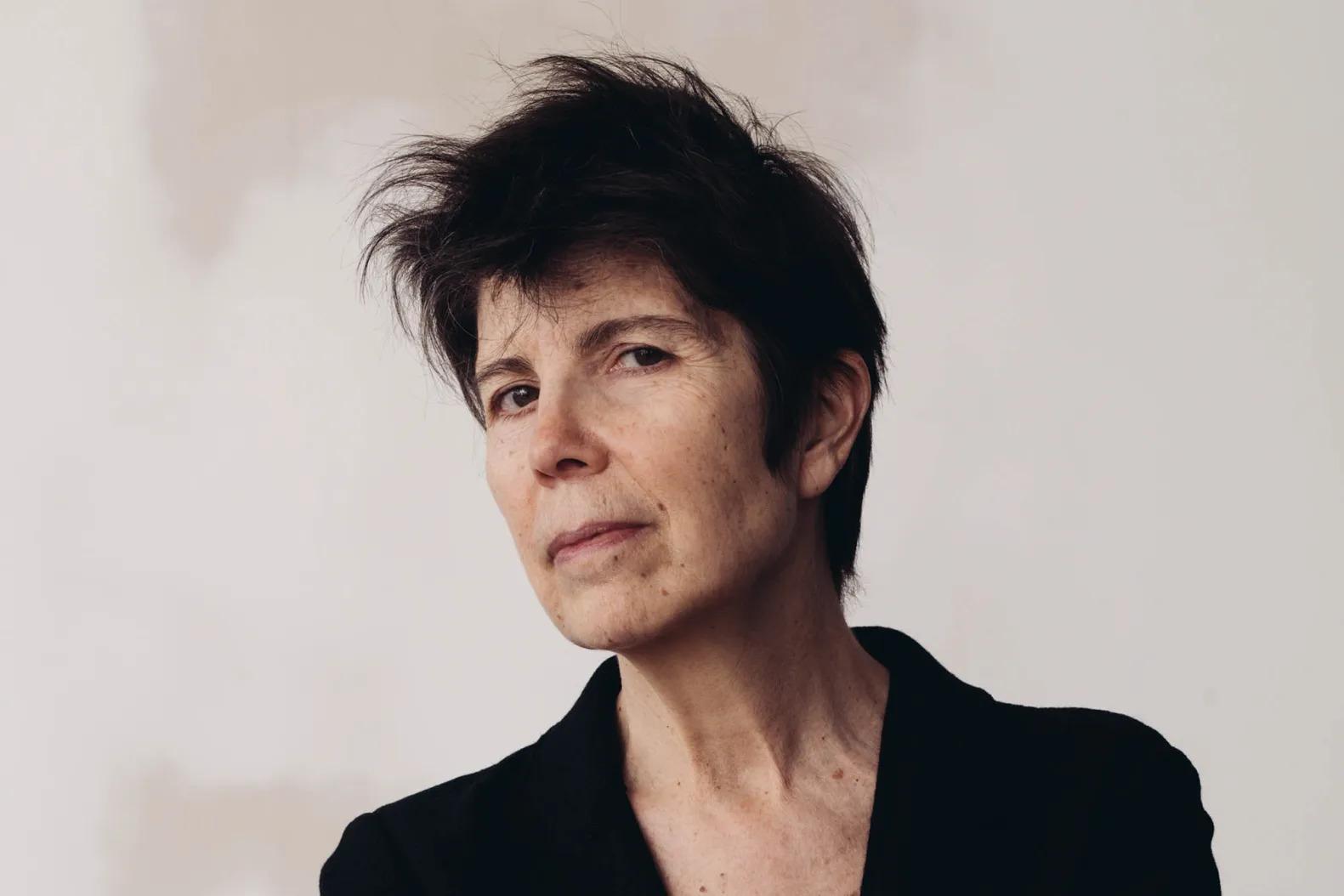
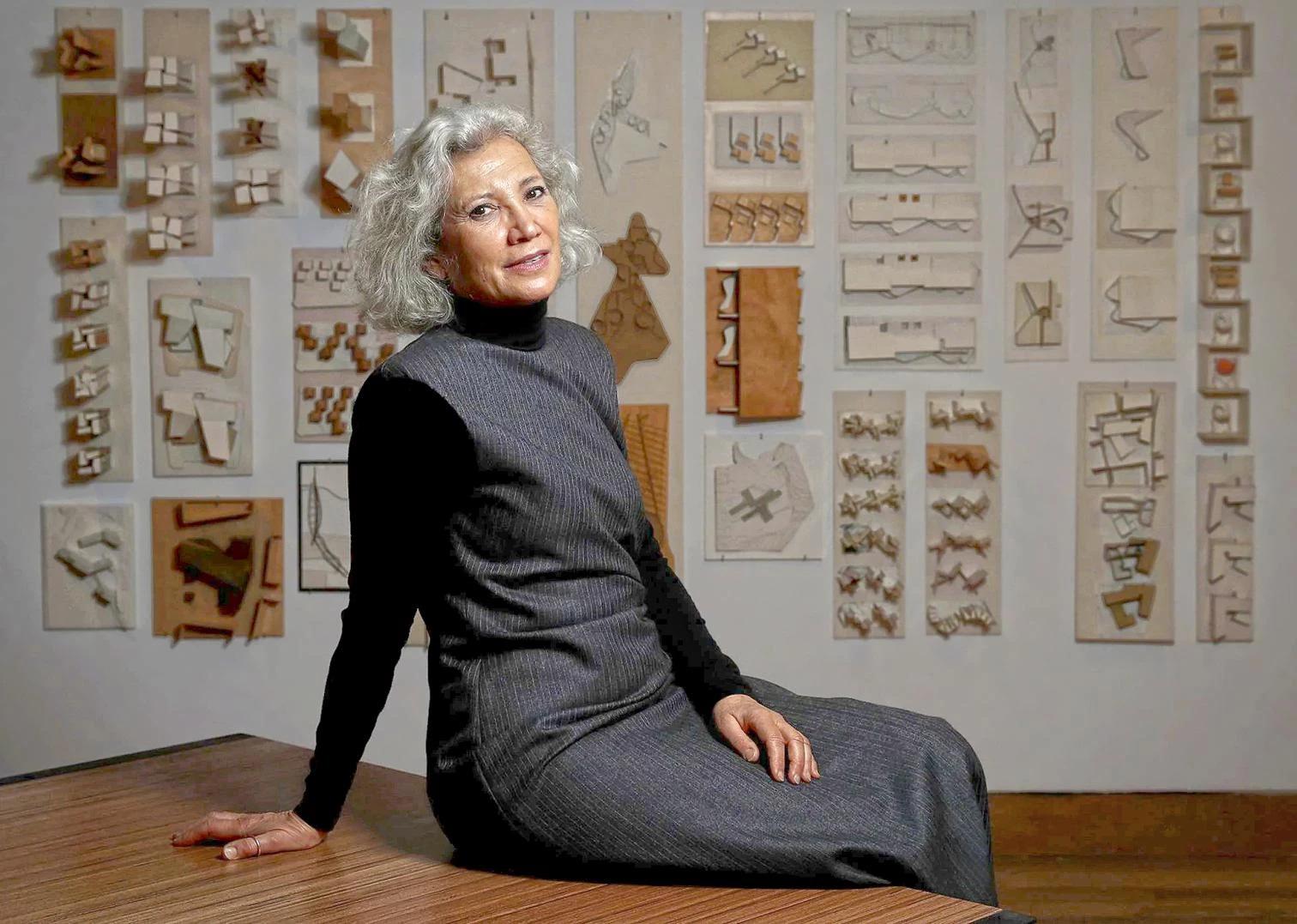
.jpg)